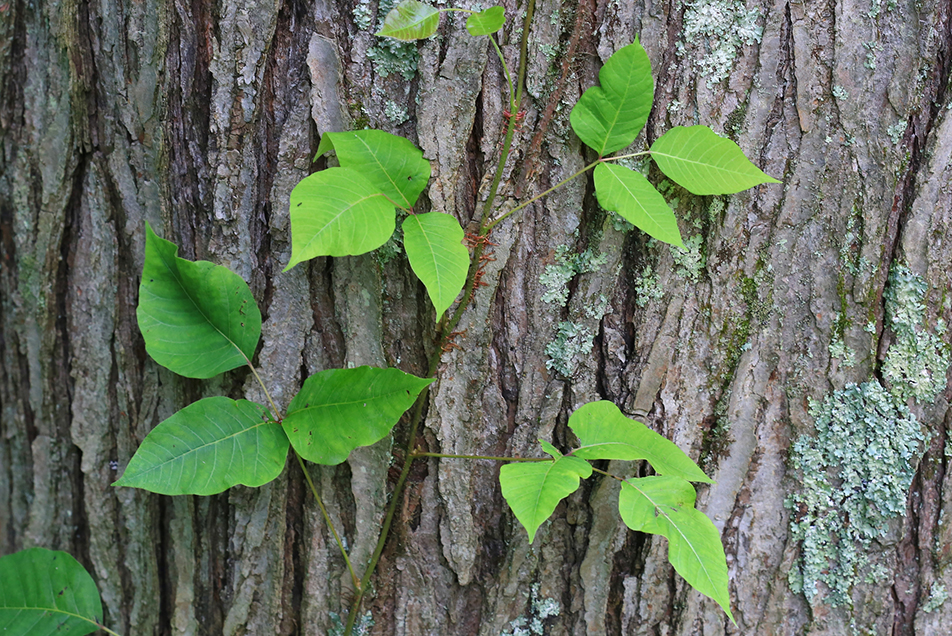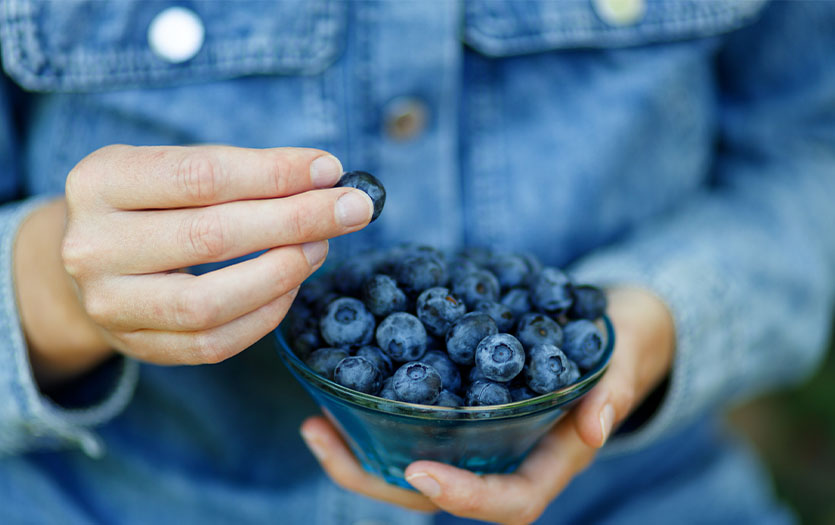
Whether you’re hiking in the forest, gardening on the weekends or simply mowing the lawn, you could come in contact with poison ivy. It’s a sneaky culprit, and often you don’t even see it coming. Luckily, Matthew Barb, MD, PPG – Internal Medicine & Pediatrics, has some insight on the itchy substance along with the best strategies for prevention and treatment.
What is poison ivy?
Poison ivy is a plant found in the woods, along fences, or anywhere there are weeds and trees in the Midwest. And, when touched, it can cause a bothersome rash. The poison ivy plant is usually less than a foot tall and looks like a small tree with groups of three toothed leaves. It can grow in vines on fences and even tree trunks. Some people also think that, with excess carbon in the air these days, poison ivy grows more rapidly and is worse now than in past decades. In the fall, you may notice that poison ivy changes colors just like other leaves. For most people, the term “poison ivy” refers to both the plant and the rash that it causes.
What causes a poison ivy rash or allergic reaction?
The rash caused by the poison ivy plant is technically called “contact dermatitis” or skin inflammation due to touch. Contact dermatitis can come from all kinds of chemicals, both natural (poison ivy, oak and sumac) and manufactured (perfumes, soaps and metals). In the case of poison ivy, the rash usually comes from an abnormal reaction by your skin to a chemical in the plant called urushiol. Your immune system recognizes the urushiol as foreign and sends inflammatory signals to the contact area, resulting in an itchy rash.
What are the symptoms of a poison ivy rash?
If you have any contact with poison ivy and the urushiol lingers on your skin, you can expect a red, itchy spot to form, which usually gets larger and is accompanied by small blisters. The rash can get worse if you itch or touch the affected area. Additionally, a poison ivy rash doesn’t generally spread from one place on your body to another and isn’t contagious. However, if more than one place on your body was exposed and you didn’t know it, all those other areas will also get rashes. It takes roughly 10-14 days for the rash to appear, and it may not appear all at once. So, while it seems like your infection is spreading, in actuality, your body is just reacting at different times to all the areas that came in contact with the urushiol.
What steps should you take if you think you’ve encountered poison ivy?
If you can, wash your skin immediately after touching the plant. Most likely, you will have washed away the urushiol and hopefully sidestepped the inflammatory rash. With that said, the chemical can dry and stay on gloves or clothes for days, weeks and even months given the proper conditions. So, if you think you or your clothes have come in contact with poison ivy, it’s best to wash everything thoroughly. That should help prevent most problems.
What are the best ways to relieve the itch?
As soon as you realize you have poison ivy, wash all exposed areas with soap and water. Think back to where you may have been and wash any clothes that could have come in contact with the plant. Try your best not to itch the area directly; sometimes, a gentle rub on either side of the rash will give you relief. Ice and oral antihistamines or over-the-counter (OTC) hydrocortisone 1% creams are all helpful options. My favorite treatment for poison ivy is an OTC medicine by the name of Zanfel®. Typically, it mixes up to a gritty paste that you can apply directly to the rash (and feels great as you rub it in), then you wash it off. It actually removes the urushiol substance, and if done early enough, it can stop the rash from progressing. However, it’s important to remember that it can take 10-14 days for the inflammation to appear after coming in contact with poison ivy. So, even if you have a handle on one spot, be aware that more may be on the way.
How long does the rash typically last?
A poison ivy rash usually lasts less than a week. If it lasts longer or seems to be affecting large areas of your body and face, you should see your primary care provider. Also, the infection does not spread internally, and unless you are around it, burning the plant will not affect your nose, mouth or throat. The rash can get infected, but it is rare. Finally, when I see people with a poison ivy rash in the office, they often ask for a “steroid shot” to get rid of the infection quickly, but this is seldom needed. Usually, high-strength prescription steroid creams and ointments work just as well without the potential side effects of injected or oral steroids.



